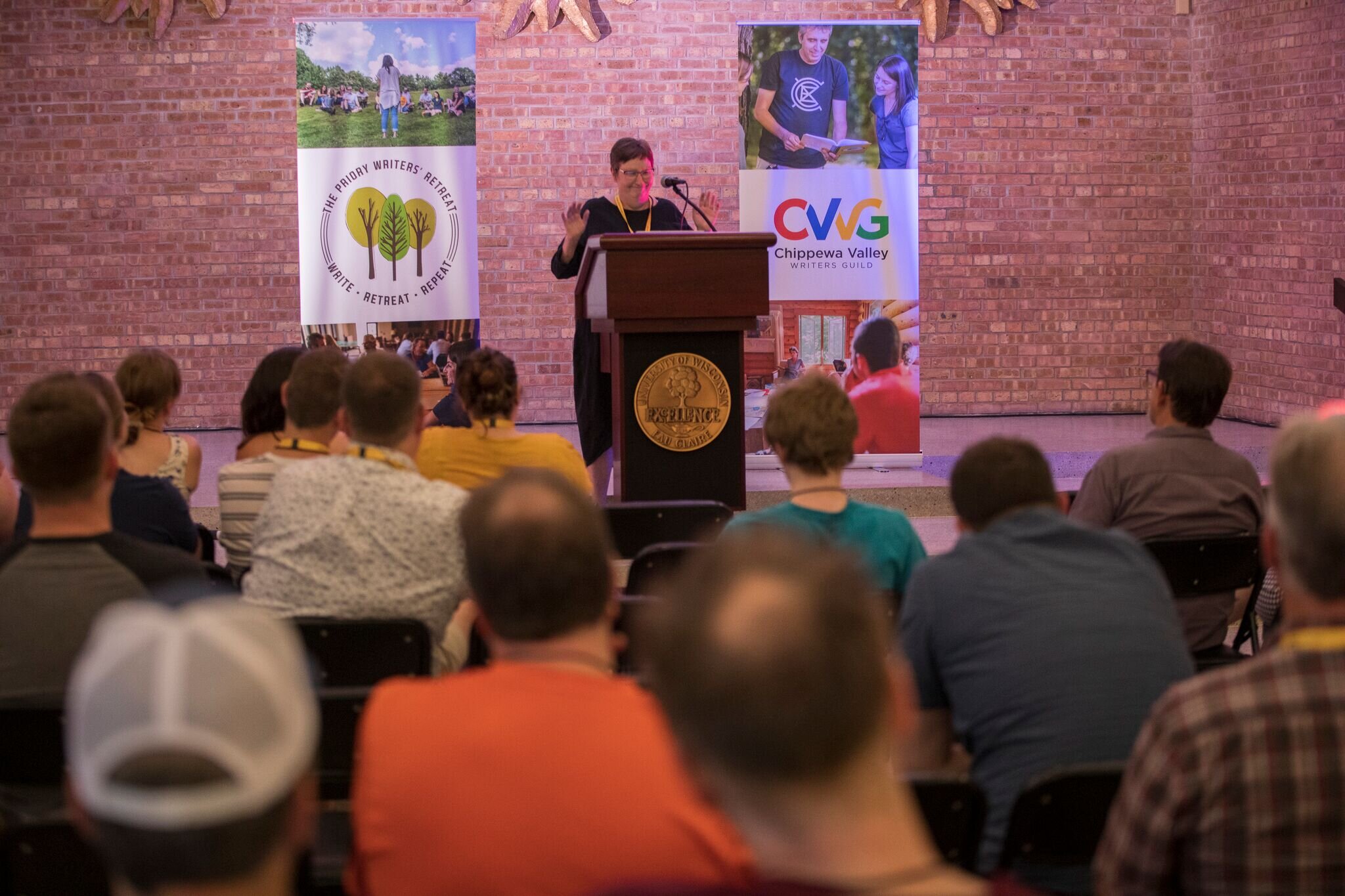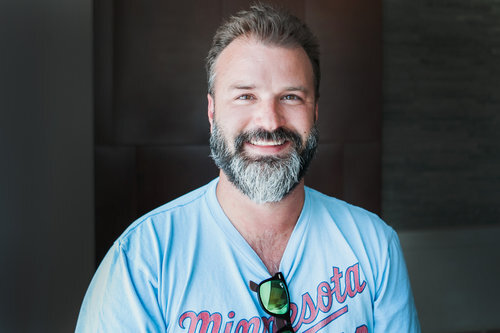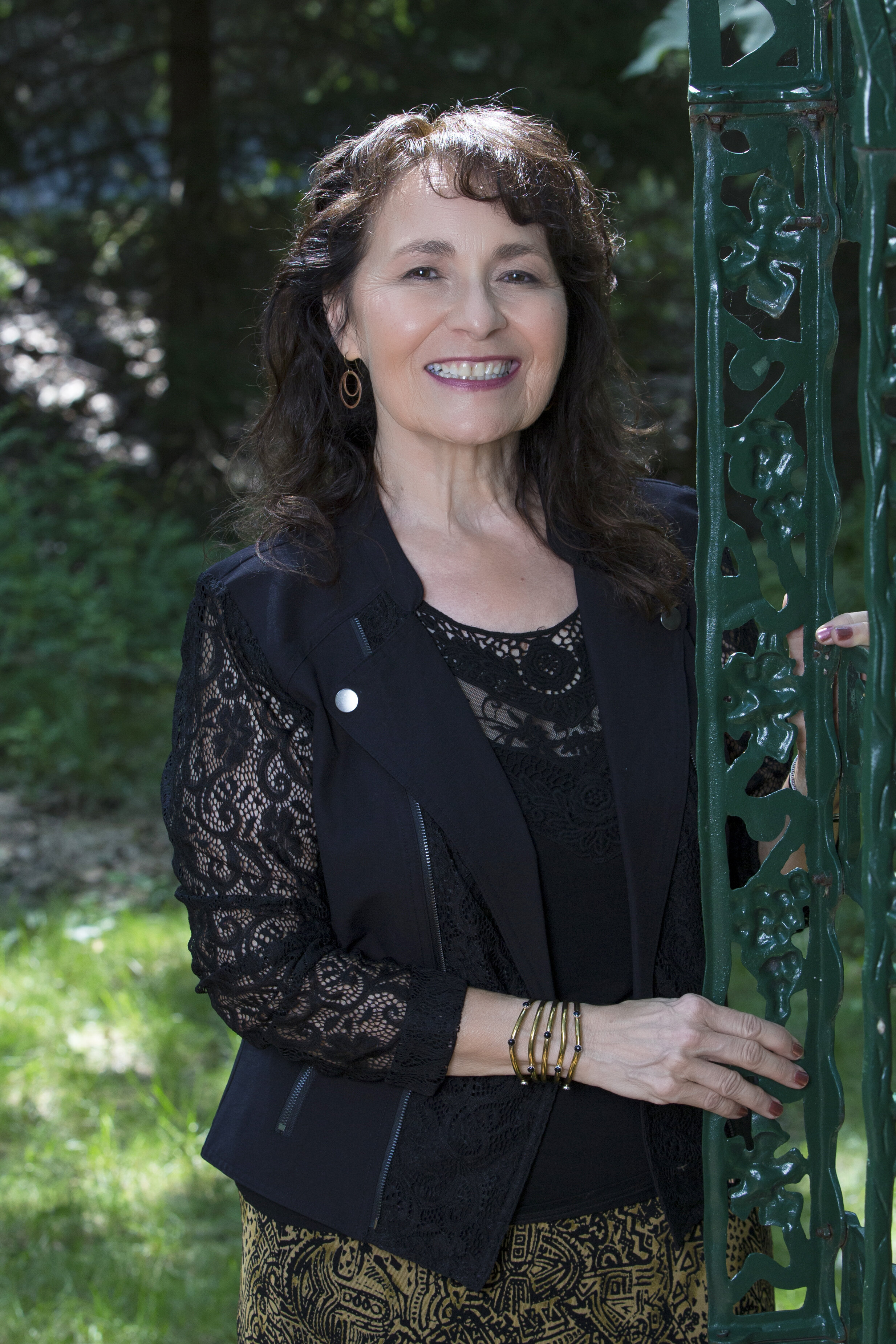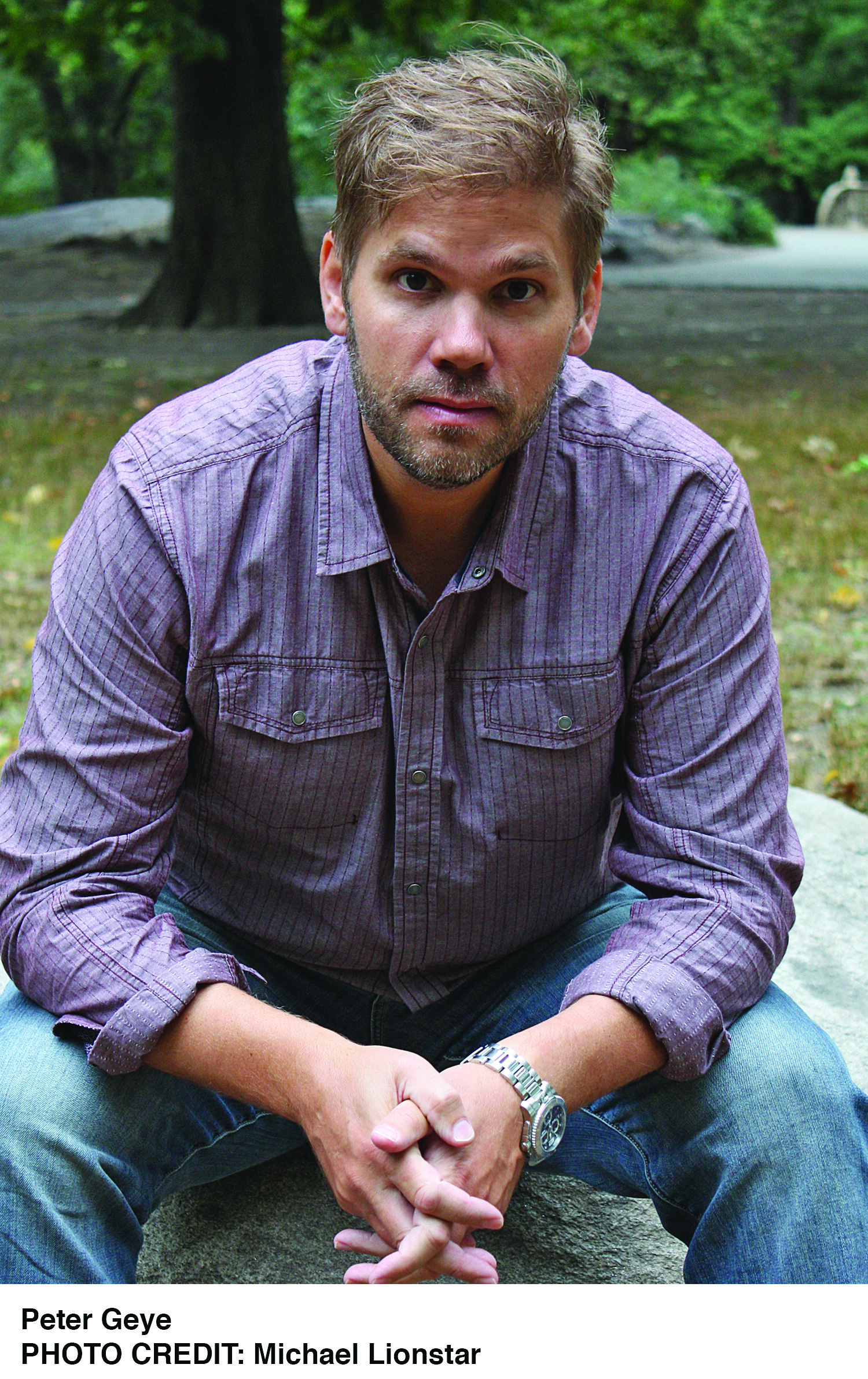Elizabeth de Cleyre
Six months ago I placed three pieces of writing. The first is still in revisions with a lovely editor who is very busy. The second was killed after the editor sat on the first draft for two months and then decided it wasn’t what they were looking for. The third was published and unpaid, and then an editor at another publication offered to re-print and pay me for it (reprints are a rarity). It was slated for publication March 18th. On March 17th, I received an email saying that they were holding the piece to prioritize coverage of the pandemic.
I write this not to complain, but to demonstrate how even in a booming economy, the economics of writing are erratic at best. When I placed these three pieces around the same time, a friend and small business owner said it must have been nice to receive the influx of income. Ha! They were incredulous when I said I wouldn’t see a penny until the pieces were printed, and possibly not for another month afterward, as most publications have net-30 terms. (Allegra Hobbs elaborates on the industry standard in an article for Study Hall.)
“ I don’t know anyone who goes into writing for the money, and seasoned writers usually advise students to become anything but writers because it can be a long, hard road riddled with rejection. Writing is a long game. Rejection I was prepared for, but no one told me there’d be a pandemic too.”
I don’t know anyone who goes into writing for the money, and seasoned writers usually advise students to become anything but writers because it can be a long, hard road riddled with rejection. Writing is a long game. Rejection I was prepared for, but no one told me there’d be a pandemic too.
I hardly need to remind you that the future is a massive question mark for all of us, not just for writers, who often work behind the scenes, supporting and propping up other creatives, entrepreneurs, and businesses. Some of us went from writing press releases, promoting local events, reviewing albums, concerts, books, and gallery openings to crafting internal memos telling staff to work from home for the foreseeable future, or editing letters for layoffs. Publications cut freelance budgets first and those of us who work in restaurants or retail find our non-writing income either dramatically reduced or dried up.
But there’s a certain shade of irony in the fact that many of us are relying on writing now more than ever: from the latest news articles and updates that keep us informed, to the novels and stories that keep us company and offer a brief escape or respite, either in book form or adapted into binge-worthy shows and films.
‘Literary citizenship’ is a term loosely describing not just how to be a good writer, but also a good person, namely to other writers. It’s like ‘Midwest Nice’ but for publishing, and we’re lucky to live in a region that has an active community of writers and readers. Now that we’re all practicing physical distancing and self-isolation, we may not be able to support one another in the ways we’re used to. Thankfully, most of the suggestions for how to support writers (and the people who support them) in the Chippewa Valley and beyond can offer some solace for readers and non-writers alike. Books, essays, articles, podcasts can be a means of escape, a way to get lost in other lives, real or imagined.
Below are some suggestions with links to further resources. Many of these are free! Some of these apply to other creative industries. And though it’s a lengthy list, meant to cover both writers of books and writers of short form or online content, it is by no means inexhaustible. If you have any innovative ideas please leave a comment!
We’re all in this together.
A Partial List of Ways to Support Writers:
First and foremost, do not remind your writer friend that Shakespeare wrote King Lear during the plague. We know. And we’re perfectly fine at driving ourselves sick with comparison, thanks, because we are on the internet.
Now for some low-hanging fruit: READ! The nice thing about supporting writers is that it’s possible to do this while secluded at home. If you’re not already in a book club, start one with your pals.
If your library is closed, remember libraries often have extensive digital resources if you possess internet access. Read e-books online, or create a to-read list for when they reopen. While the library is physically closed, see if you can go online to request books or materials they don’t currently carry, helping them expand their offerings.
Dotters Books co-owners Margaret Leonard (left) and Jill Heinke Moen (right)
credit: Drew Kaiser
Not sure what to read? Bookstores like Dotters Books often offer personal recommendations, reading lists, or subscriptions to relieve you of the burden of having to choose. Binge-watching a show that was based on a book? Read the book instead! (My Brilliant Friend, The Handmaid’s Tale, Game of Thrones...is it just me or is every show based on a book now?)
Did you know you can travel without leaving your house? Armchair travel! If you had to cancel a trip or the sudden travel restrictions make you want to break out your passport, dip into an absorbing, transporting read. If you don’t like spending too much time in one country, check out Best American Travel Writing, subscribe to AFAR magazine, or catch up on George Saunders’ humorous travel essays for GQ, most of which are online and free. I’m partial to Thomas Swick, a former mentor of mine whose book The Joys of Travel is uplifting and heartfelt.
Support indie bookstores! Many-a bookstore employs writers, so continuing to buy from local booksellers keeps your money in the community and helps retain their well-read staff. Need more reasons to support local? According to IndieBound.org, when you spend $100 locally, $52 of that stays in your community (as opposed to $6.50 at a national chain, and $0 when you buy from a remote vendor that doesn’t collect sales tax).
Not sure where to find an indie bookseller? Bookshop.org allows you to buy online from local bookstores. According to LitHub (which has a very helpful article on supporting bookstores during the pandemic), “For the next eight weeks, [...] indie stores using Bookshop will receive 30% of the cover price of any sale, up from 25%. Bookshop will earn no revenue from those sales.”
More of an audiobook person? While many of us are familiar with Audible (an Amazon company), libro.fm allows you to listen to the same audiobooks and support local bookstores. Use their coupon code SHOPBOOKSTORESNOW for two-for-one deals, and explore their playlist that contributes 100% of proceeds to local bookstores. (Eau Claire’s own Dotters Books has a libro.fm link!)
You know who else would love your support? Indie publishers! Graywolf Press is a small nonprofit in Minneapolis that offers a “Galley Club” subscription with access to new books before they’re officially released. And Other Stories is a not-for-profit publisher in the United Kingdom with fantastic books. Since bookshops are experiencing financial hardship due to closures, And Other Stories is currently donating 20% of subscriptions to independent booksellers.
If a writer has a backlist of titles, now is a great time to get caught up! With new books coming out all the time, it can be tempting to only read the latest and greatest. After you’ve combed through the doorstoppers and classics you’ve always meant to get around to (like this list by Chelsea Batten), see if an author you like has a previous title you could read. (I’ve been recommending Courtney Maum’s novel Touch; Maum published two books in 2019 and all of her novels are fantastic.)
Nickolas Butler at The Priory Writers’ Retreat
Credit: Justin Patchin
Does your favorite writer have a website? In addition to books, some writers like Nickolas Butler sell broadsides, while others sell mugs with clever (expletive-laced) phrases on it. (Not linking to those, because we’re family-friendly here.)
Occasionally writers will have a Patreon page where monthly subscribers support their work and have access to exclusive content. No Patreon? Ask if they have a Venmo or PayPal and send them $5 because you liked their latest article or (if you’re like me) finally read that article they wrote two years ago. For writers who don’t (yet) have published books, this is an easy way to support their work.
I’m not sure if you heard the buzz about newsletters, but a lot of writers have one (this writer included). They’re often free and full of knowledge, like Courtney Maum’s latest, which includes fourteen films to help you escape. Newsletters are helpful to emerging and established writers because publishers often look for authors with a “platform,” or an audience. A mailing list is the best way for writers to share recent publications or news, because they don’t have to worry about Facebook or Instagram messing with algorithmatics (or whatever they’re called).
Speaking of algorithms, leave a review! With all this reading you’ve been doing, you surely have an opinion or two (and hopefully a few nice ones). Write reviews on Amazon, Goodreads, and other outlets to help authors reach more readers.
Podcasts! Once you’ve listened to enough news and true crime podcasts to sufficiently terrify yourself for eternity, check out some fiction podcasts, like the ones Chelsea Batten mentions in this article for The Manual. For nonfiction, I’m partial to the Longform podcast. The New Yorker runs both fiction and poetry podcasts, while Poetry Unbound from On Being Studios features short episodes with one poem. Are you caught up on the Chippewa Valley’s own serialized radio drama Bend in the River? Or episodes of Oddly Enough? What are you waiting for?! They are all available online at Converge Radio!
Then tweet about it! Posting about your latest read on social media or sharing an interview (or podcast) with an author also helps writers connect with readers. Take to Facebook or wherever the kids are these days. Twitter? Instagram? Snapchat? TikTok? I can’t keep up. (Remember to tag them and give ‘em a follow while you’re at it.)
Speaking of platforms: Medium pays writers. There’s a free version so you can start finding writers or publications to follow. Then for $5 per month, you can read as many articles as you like, and Medium allocates funds directly to the writers of the articles you read. Every little bit counts!
And while we’re on the subject of subscribing, remember the little literary magazines and journals. If bookstores are closed and you can’t pick up the latest copy of The Paris Review (ahem, this is my current dilemma), sign up for a year’s subscription online. This guarantees patronage for the magazine and allows them to continue to pay their writers. Online mags like The Atavist feature absorbing longform content, with audio accompaniments as well. Back issues of the Chippewa Valley’s own Barstow & Grand are available on their website, and submissions are open through April 30.
It should go without saying that newspapers, magazines and media outlets providing comprehensive coverage on the pandemic (or a welcome escape from the constant news cycle) also offer subscriptions. While many publications removed their paywalls so citizens can access information, please remember that the writers and journalists who are on the frontlines researching and reporting are often putting themselves (and potentially their families) at risk so that we can remain informed and be prepared. Drops in advertising led to massive layoffs and cuts in media. Understaffed publications across the nation are struggling to keep up with coverage while experiencing a surge in readership (the SF Examiner saw 6,000 times average page views on a single day in March, while The Atlantic removed its paywall for coronavirus coverage and gained 36,000 subscribers, per Study Hall). Subscriptions and memberships are the best ways to support publications and journalists, which we need now more than ever. (Volume One recently launched their own Reader Membership for those of us in the Chippewa Valley.)
Christina Clancy
credit: Jimmy Bartelt
Authors whose books are currently being released had to cancel launch events, book tours, signings, and speaking gigs. It can take years to go from idea to publication, with no way of predicting the cultural climate in which your book will debut, and no way to control it. Pre-ordering new books through indie booksellers is a great way to support debut or new titles. (Might I recommend Wisconsin’s own Christina Clancy, who visited the Guild’s Winter Writers’ Weekend at the Oxbow Hotel in February and has an absorbing novel coming out in June, The Second Home?)
If an author had to cancel in-person readings, check out their social media or website to see if they’re offering any online events. When Rebecca Dinerstein Knight’s book tour for her second novel Hex was cancelled, she participated in a series of livestreams on Instagram, Facebook, and Zoom, where readers from all over the world could join. Author and musician Michael Perry is updating his website sneezingcow.com regularly with mini-concerts and readings “From the Little Writing Room Above the Garage.” In lieu of a tip jar, Perry is asking people to donate to the Feed My People Food Bank or the Chippewa Valley Artist Relief Fund (which includes funding for creative writers).
If you’re a writer and you’ve got a few extra hours in your day, sign up for a webinar or workshop, some of which are free! When author Lidia Yuknavitch cancelled and postponed in-person courses at her Portland-based school Corporeal Writing, they offered a free webinar to the first 100 newsletter subscribers to register. (The recorded session is available on their Facebook page for anyone to watch, and Corporeal Writing has online courses as well.) Old Town Books in Virginia is offering pay-what-you-can virtual workshops with writers to help the bookstore’s income while they’re closed. And publisher Catapult hosts online classes year-round.
Laura Jean Baker at a CVWG event.
Credit: Justin Patchin
Some writers are offering workshops and webinars for entrepreneurs and business owners who need help with copywriting or communications (like my good friend Chelsea Batten). Remember: even if you can’t pay for a writer’s services right now, signing up for a free webinar or newsletter means you’re on their list when they have a subsequent offering, like a course or a new book. It’s immensely valuable to both writers and publishers.
Last, and certainly not least, writing guilds exist in many communities, and have databases of local authors to read and support. We're lucky to have The Chippewa Valley Writers Guild, which pays writers for speaking, storytelling, presentations and panels. If events (which are usually free or by donation) were postponed or cancelled, consider donating or become a member to help the organization continue to offer literary programming in the future.
Though this lengthy list is meant to cover both writers of books and writers of short form or online content, it is by no means inexhaustible. If you have any innovative ideas please leave a comment! We’re all in this together. Stay healthy and safe, friends.
Elizabeth de Cleyre is a writer and editor. Find her at cedecreative.com.






































